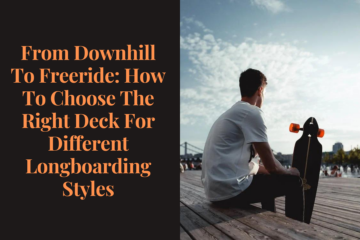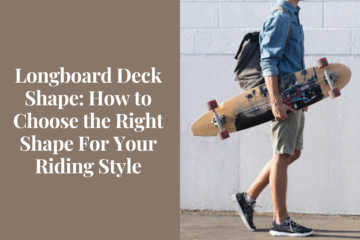How to Longboard Surf?
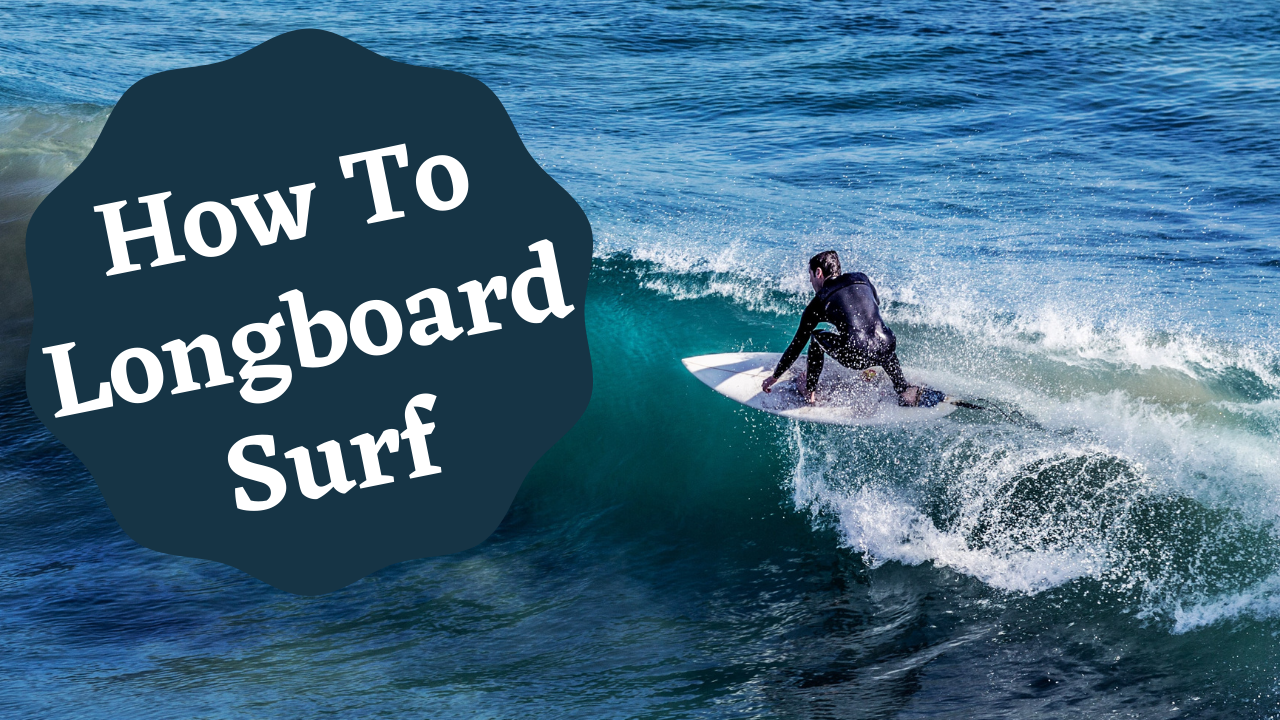
Longboarding surfing is easier compared to shortboard, and it is an element of thrill and excitement. So, here in this article, you will know how to longboard surf, which surfboard to choose, and what are the means of improvement.
Longboard surfing is easier and more fun. Why? It is simply because, with more area and surface available, one gets more space to balance, and with smaller waves splashing by, surfers enjoy more time than on a shortboard.
How to longboard surf for beginners?
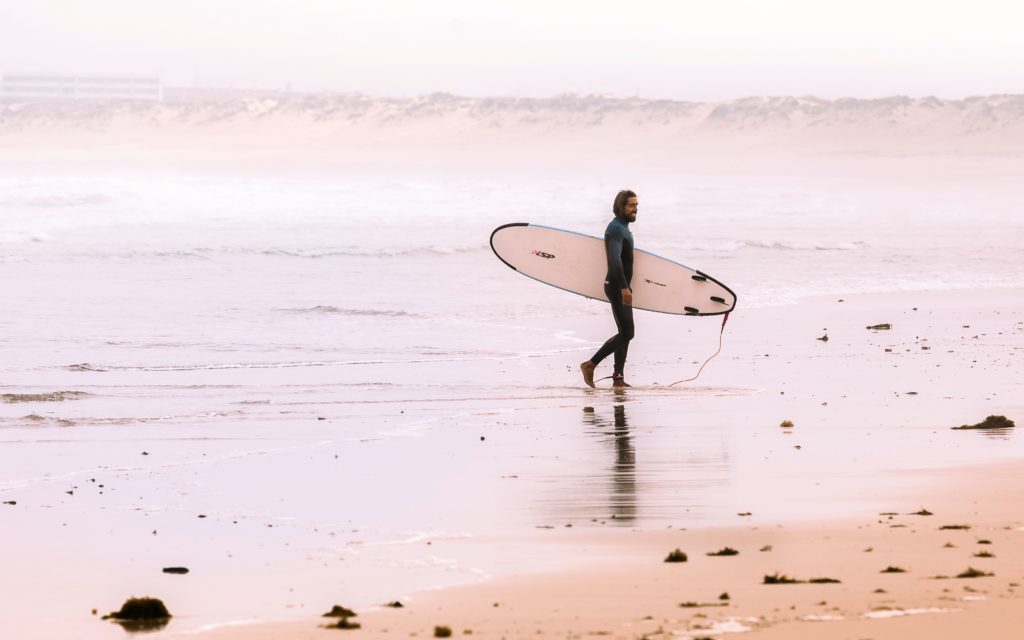
Starting with the basics, always begin with a second-hand longboard three feet taller than your height. Add leash, wax, fins, and sunscreen to the list. Now, step in the water when a set of a wave is approaching and stay inwards.
Thereafter, mount on your surfboard and start paddling when the wave is about to disappear. Paddling when the wave is not incoming helps in maintaining the balance initially. Also, keep paddling until you start gliding past the waves.
Make a posture of a pushup wherein your toes stay put on the surfboard’s tail, and the waist, legs, and knees do not touch the board. With this attempt, bring your back foot forward such that it is somewhat 50 centimeters upfront on your board. Next, the front foot should be between your hands like it is during a pop-up.
With a steady posture and staying centered on the stringer of the surfboard, apply the least amount of energy. Always ensure that your board’s pointed front should be above the tail(end) on the water surface.
How to choose a longboard surfboard
For lightweight folks, look something in the 8 1 6 models. With increasing weight, go for 9 1 0 and above. As there are primarily two types of longboards, you need to decide where you are deciding to surf. Noseriders come with single fins and are best for gliding and noseriding. It is mainly to go past swift and small waves with a gliding motion.
High-Performance Longboards, however, have flat bottoms and narrow outlines. These boards are meant to give a feeling of racing past the waves meaning working up and down the waves to go speedily. In hollow waters, with rockers and noses, longboards fit into the curves perfectly.
How to improve longboard surfing
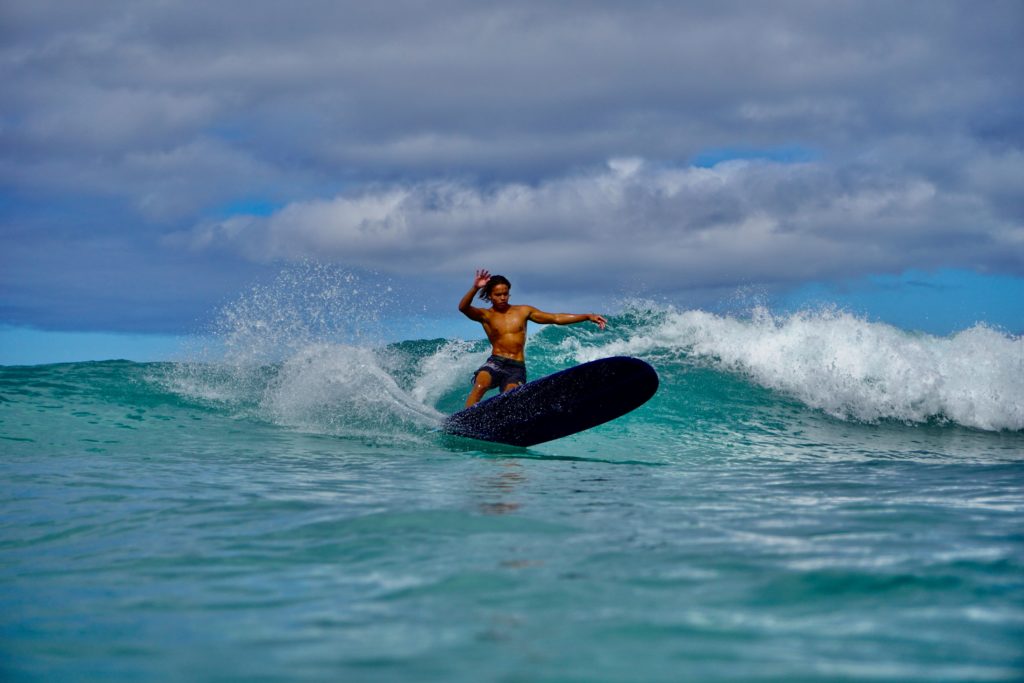
One can start by using a calf leash to improve free foot movements. The leash is supposed to be longer than the board, and if you are a beginner, it is advised to get one. Another suggestion is to learn how to maneuver tactfully between the front and rear feet towards the board’s nose. Doing this backward and cross-stepping should be followed by performing tricks of trimming.
Other essentials mention-worthy are how to balance in speedy waters and learn how to fall without hurting oneself. One can enroll in surf camps and prepare accordingly.
FAQs
1. What longboard surfboard should I get?
Get a surfboard that is three feet longer than your height. For beginners, it is 9 14″ long and has a thickness of 23 inches. A drop-through longboard is the best bet for beginners.
2. What size longboard surfboard is right for me?
The long ones are for taller people, and the short ones are for young and short riders. Longboards are best for carving, freeride, and freestyle purposes. Longer boards are more stable, while shorter boards are maneuverable with quick turns and sharp angles. For beginners, it is best to go with something between 32-42 inches.

I’m Tami Thompson, the founder of HIR Adventure, my team and I are passionate about outdoor adventure sports. We’re committed to offering you the finest skateboards, longboards, and snowboards.

